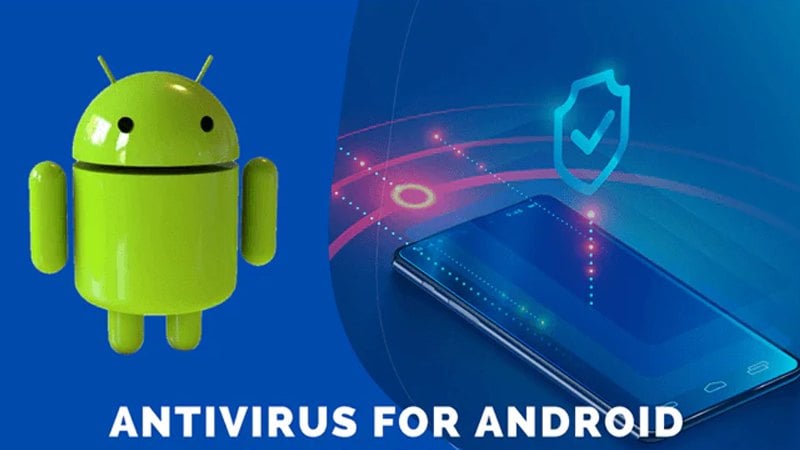Mobile time tracking helps individuals and businesses stay organized, save time, and increase productivity. By enabling real-time tracking from smartphones and tablets, it empowers remote teams, freelancers, and field workers to work more transparently and efficiently from anywhere.

1. What Is Mobile Time Tracking?
Mobile time tracking refers to the process of recording work hours, locations, and task progress through smartphones or tablets. Unlike traditional systems like wall-mounted punch clocks or desktop apps, mobile tracking operates wirelessly and on the go.
Modern mobile tracking tools incorporate GPS technology, cloud-based synchronization, time clocks, geofencing, and reporting features. These capabilities extend beyond employee time capture to include mobile asset tracking, real mobile tracking, and fleet location monitoring. From construction sites to freelance work-from-home setups, mobile time tracking systems are quickly becoming essential for digital productivity.
2. Key Benefits for Businesses
2.1 Employee Time Accountability
With mobile time tracking apps, employees can log their work hours from any location, using their phones. GPS-tagged timestamps ensure clock-ins are authentic and location-specific, reducing the risk of time theft or ''buddy punching'' (clocking in for someone else).
Supervisors gain full visibility into who is working, when, and where—ideal for managing dispersed teams or field staff. This level of transparency promotes a culture of responsibility and accountability.
2.2 Improved Efficiency & Project Oversight
Mobile tracking tools allow employers to assign tasks and track their completion in real time. Supervisors can allocate resources more effectively based on live data and shift coverage.
Teams working in logistics, field service, or maintenance can sync updates instantly, eliminating the need for paper logs or delayed reporting. This helps reduce downtime, miscommunication, and duplication of effort.
2.3 Payroll Accuracy & Cost Control
Manual timesheets often lead to errors, delays, and disputes. Mobile time tracking systems automate time calculations, making payroll processing faster and more accurate. Companies save time, reduce payroll fraud, and gain reliable labor cost data for forecasting and budgeting.
3. Key Benefits for Individuals
3.1 Boost Personal Productivity
For freelancers, consultants, or remote employees, mobile time tracking apps offer a clear view of how time is spent. Users can identify time sinks, set personal goals, and better manage daily routines.
With tools that allow task tagging, timers, and charts, individuals gain insights that help reduce procrastination and improve focus.
3.2 Easier Billing for Freelancers
Freelancers often face challenges in justifying billable hours to clients. By using mobile tracking software like Clockify or TimeCamp, they can log hours accurately, generate timesheets, and send automated invoices—enhancing professionalism and trust with clients.
The ability to track time across multiple projects on the go is particularly valuable for consultants who juggle several clients.
4. Real-Time Location and Asset Tracking
One of the most powerful aspects of mobile time tracking is its ability to operate in real time. Tools such as Hubstaff and QuickBooks Time use GPS to show exactly where employees or vehicles are located at any moment.
This is especially useful in:
Mobile car tracking for delivery drivers
Asset tracking of expensive equipment on job sites
Sales territory coverage monitoring
On-site attendance confirmation for field technicians
Many apps also include geofencing—a virtual perimeter around a location that triggers clock-ins or reminders when an employee enters or exits a defined zone.
5. Security and Privacy Considerations
While mobile tracking involves sensitive data, reputable platforms implement strict security measures:
End-to-end encryption protects location and time logs
Role-based permissions restrict who can view or edit information
Transparency settings allow employees to see what's being tracked
Legal compliance with data protection regulations like GDPR and HIPAA
Organizations should ensure that employees understand how their data is being used and stored, and that they provide consent before tracking begins.
6. Top Industries Using Mobile Time Tracking
Mobile time tracking is not limited to tech companies—it's transforming operations in many traditional industries.
Table 1: Typical Use Cases by Industry
| Industry | Use Case | Tracked Entity |
|---|---|---|
| Construction | Job site clock-ins, tool tracking | Workers, equipment |
| Healthcare | Home visit tracking for nurses | Medical staff, vehicles |
| Logistics | Route optimization, delivery time logs | Drivers, packages |
| Sales & Marketing | Visit logs, client coverage analysis | Sales agents |
| Education/Training | Student attendance in remote classes | Learners |
These industries rely heavily on mobile workforces and need real-time visibility to manage schedules, resources, and outcomes effectively.
7. Recommended Mobile Time Tracking Tools
Finding the right software depends on your business size, industry, and tracking needs. Below are some of the most widely used tools for mobile employee time tracking and real mobile tracking:
Table 2: Feature Comparison of Top Tools
| Tool | Key Features | Best For | Free Trial |
|---|---|---|---|
| Hubstaff | GPS tracking, screenshots, productivity reports | Remote & field teams | ✔️ 14 days |
| Clockify | Task timers, offline mode, unlimited users | Freelancers & SMBs | ✔️ Free version |
| QuickBooks Time | Geofencing, payroll sync, custom reminders | Construction & logistics | ✔️ 30 days |
| Connecteam | Team scheduling, task dispatch, mobile clock-in | Shift-based workers | ✔️ Free plan |
| Geofency (iOS) | Location-triggered time logs | iPhone users, solo use | ⚠️ Paid upgrade |
Each of these platforms offers mobile apps for both Android and iOS, with web dashboards for managers to review and analyze the collected data.
8. Integration and Automation Capabilities
A good mobile tracking system doesn't operate in isolation. Many tools offer powerful integrations that streamline workflows:
Project Management: Link with Trello, Asana, or Jira to align time tracking with tasks
Payroll: Sync with QuickBooks, Gusto, or ADP for fast payroll processing
CRM: Integrate with Salesforce or HubSpot to tie time data to sales activities
Calendar Sync: Connect with Google Calendar or Outlook for automatic event tracking
These integrations reduce manual data entry, improve accuracy, and speed up decision-making.
9. FAQs: Mobile Time Tracking
Q1: Can mobile time tracking work offline?
Yes, many apps like Clockify and TimeCamp allow offline logging. Data syncs when a connection is restored.
Q2: Is employee privacy protected?
Reputable tools use encryption and consent-based tracking. Employers should disclose what's tracked and why.
Q3: What if employees disable GPS or close the app?
Some apps have tamper-proofing and alert systems. Clear usage policies and transparency reduce this issue.
Q4: Can both people and vehicles be tracked?
Yes, mobile time tracking can be combined with mobile car tracking tools for fleet visibility.
Q5: Does it support both Android and iPhone?
Yes, most tools like Hubstaff and QuickBooks Time offer apps for both platforms.
10. Conclusion: Why It's Time to Go Mobile
Mobile time tracking isn't just a tech trend—it’s a necessity in today's dynamic, distributed work environment. Whether you're managing a team of remote workers, delivering on-site services, or juggling multiple freelance clients, mobile tracking tools deliver the clarity, control, and confidence you need.
By embracing mobile time tracking, individuals become more productive and businesses operate more transparently, efficiently, and profitably. In a world where every second counts, smart tracking turns time into tangible results.




